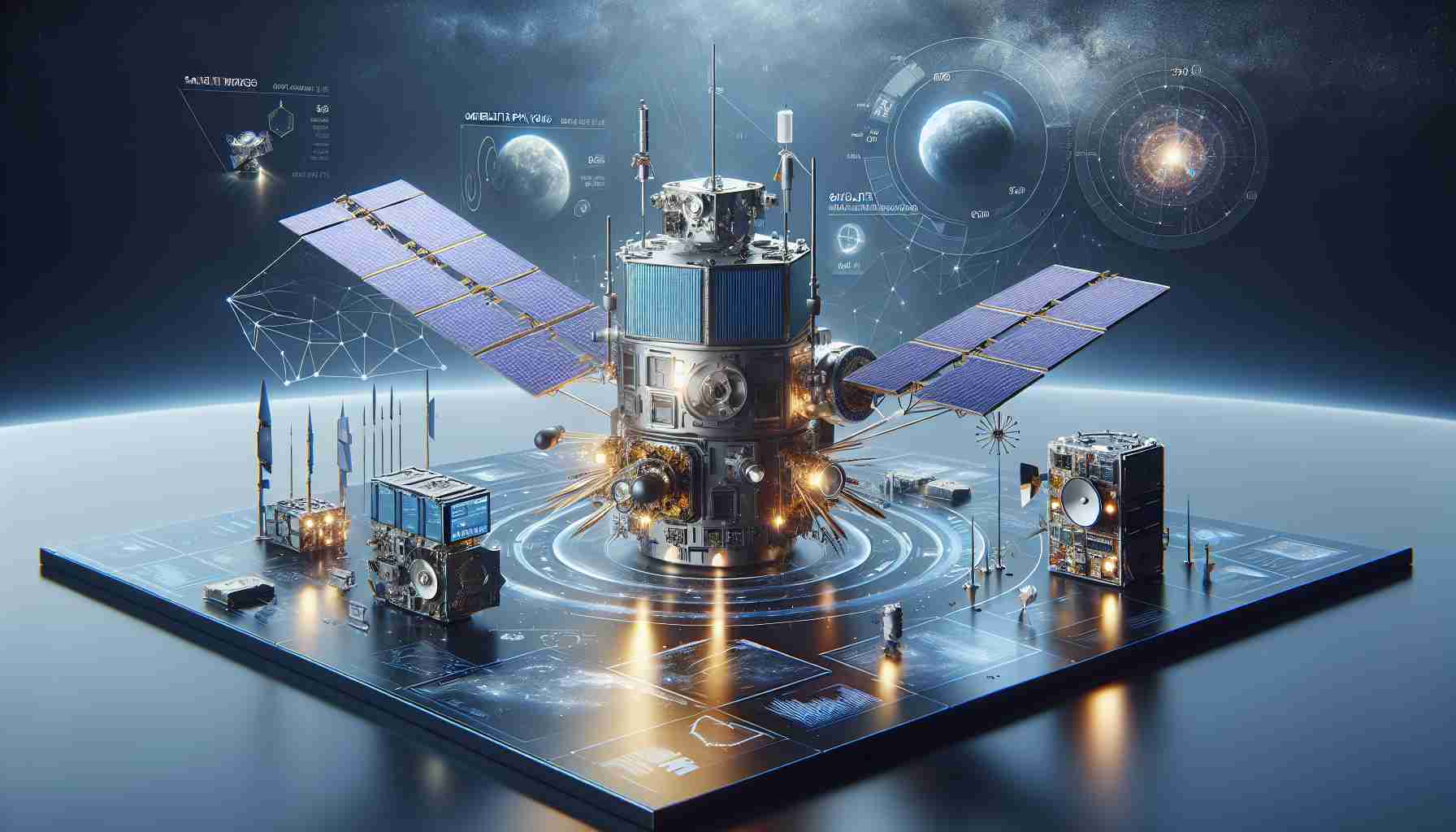
Verified Market Reports® recently released a detailed study on the satellite payloads sector, presenting insights into its growth trajectory and technological innovations. The report indicates that the global satellite payloads market, valued at approximately USD 14.1 billion in 2023, is anticipated to expand significantly, reaching USD 41.9 billion by 2030, with a compound annual growth rate (CAGR) of 8.7%.
The surge in demand for high-resolution imagery and real-time data analytics is a key factor driving this growth. Various industries, including agriculture and urban planning, depend on satellite data for improved decision-making and operational efficiency. Defense sectors also rely heavily on satellite capabilities for surveillance and security.
Moreover, the push for universal internet access in remote regions further amplifies the need for advanced satellite communication payloads. Traditional communication infrastructure often fails in these areas, making satellites a critical solution for enhancing global connectivity.
Technological advancements, particularly in satellite miniaturization and cost-effective designs, are also playing a crucial role in market expansion. The emergence of smaller satellites allows for more frequent launches, reducing overall expenses and widening access to satellite services across various sectors.
However, significant challenges remain, such as high initial costs, complex regulatory frameworks, and the increasing threat of space debris. These factors may impede market growth and innovation, requiring stakeholders to navigate a complicated landscape as they pursue new opportunities in satellite technology.
Future Trends and Growth in Satellite Payloads: A Comprehensive Overview
The satellite payload sector is undergoing a transformative phase, driven by a convergence of technological advancements and evolving market demands. While the anticipated growth from USD 14.1 billion in 2023 to USD 41.9 billion by 2030 highlights a promising trajectory, there are several factors and questions that demand closer scrutiny.
Key Questions and Answers:
1. What are the emerging technologies shaping satellite payloads?
Emerging technologies include artificial intelligence (AI), machine learning, and real-time data processing capabilities. These innovations enhance the ability of satellites to analyze and transmit vast amounts of data efficiently, fostering advancements in both commercial and governmental sectors.
2. How is the regulatory landscape evolving for satellite payload operations?
Regulatory frameworks are becoming increasingly stringent due to the growing concerns about space traffic management and debris mitigation. Governments are actively seeking ways to streamline licensing processes while ensuring safety and sustainability in space operations, which is critical for future expansion.
3. What role do partnerships play in the growth of satellite payloads?
Partnerships between private companies and governmental agencies are vital. Such collaborations often expedite technological innovation and improve access to funding, enabling the development of advanced payload systems and accompanying ground infrastructures.
Key Challenges and Controversies:
– Space Debris Management: One of the most pressing challenges is the escalating amount of space debris, which poses risks to operational satellites. As the number of launches increases, so too does the potential for collisions, raising concerns about the sustainability of satellite operations.
– Cost of Entry vs. Return on Investment: While miniaturization has reduced satellite costs, the initial investment for development and launch remains high. Startups entering the market face difficulties in securing funding due to uncertainties in ROI, especially in the competitive domain of satellite communications and Earth observation.
– Technological Dependence and Digital Sovereignty: The reliance on satellite technology raises critical discussions around digital sovereignty, privacy, and national security. Countries are increasingly concerned about foreign ownership of data and the implications for national interests and user privacy.
Advantages and Disadvantages:
Advantages:
– Enhanced Data Collection: Satellite payloads equipped with advanced sensors provide comprehensive data that enhances decision-making across sectors like disaster management, agriculture, and urban development.
– Global Connectivity: Satellites play a pivotal role in bridging the connectivity gap, especially in underserved regions, facilitating access to education, healthcare, and economic opportunities.
Disadvantages:
– High Initial Costs: Despite reductions as technology matures, the initial setup for satellite payload systems remains a significant barrier.
– Regulatory Hurdles: Navigating the complex regulatory environment adds additional layers of challenges for companies, delaying project timelines and increasing operational costs.
In conclusion, as the satellite payload market continues its upward trend, addressing these key questions and challenges will be crucial for unlocking the full potential of satellite technologies. Companies and governments must work collaboratively to create a sustainable framework that can support rapid innovation while mitigating risks associated with space operations.
For more insights on satellite technology and industry trends, visit IRI for Innovation.



